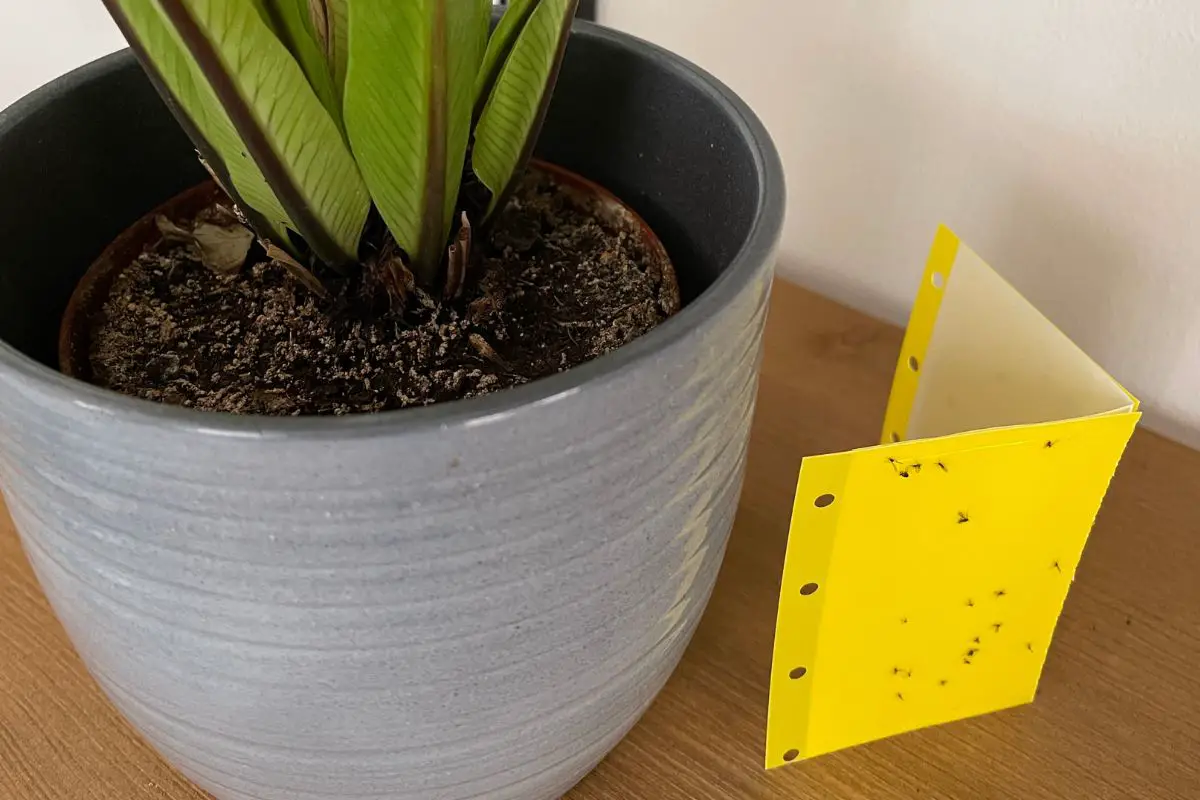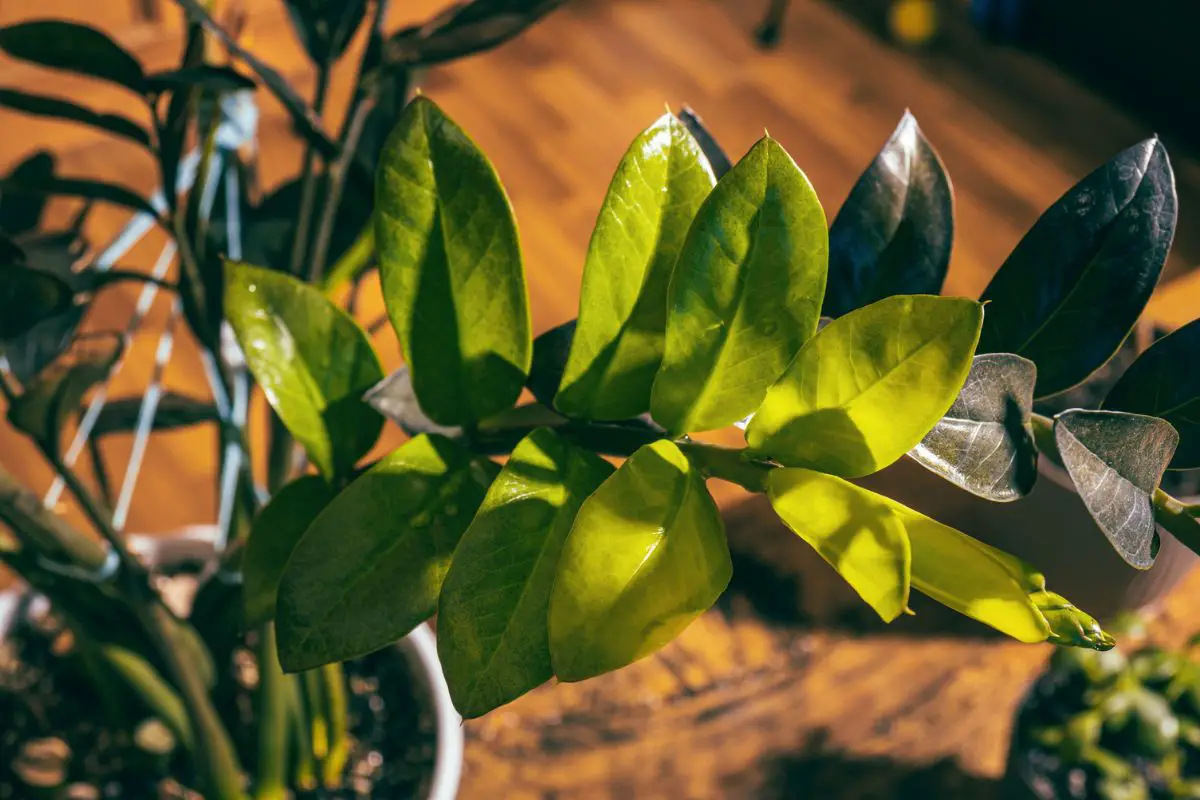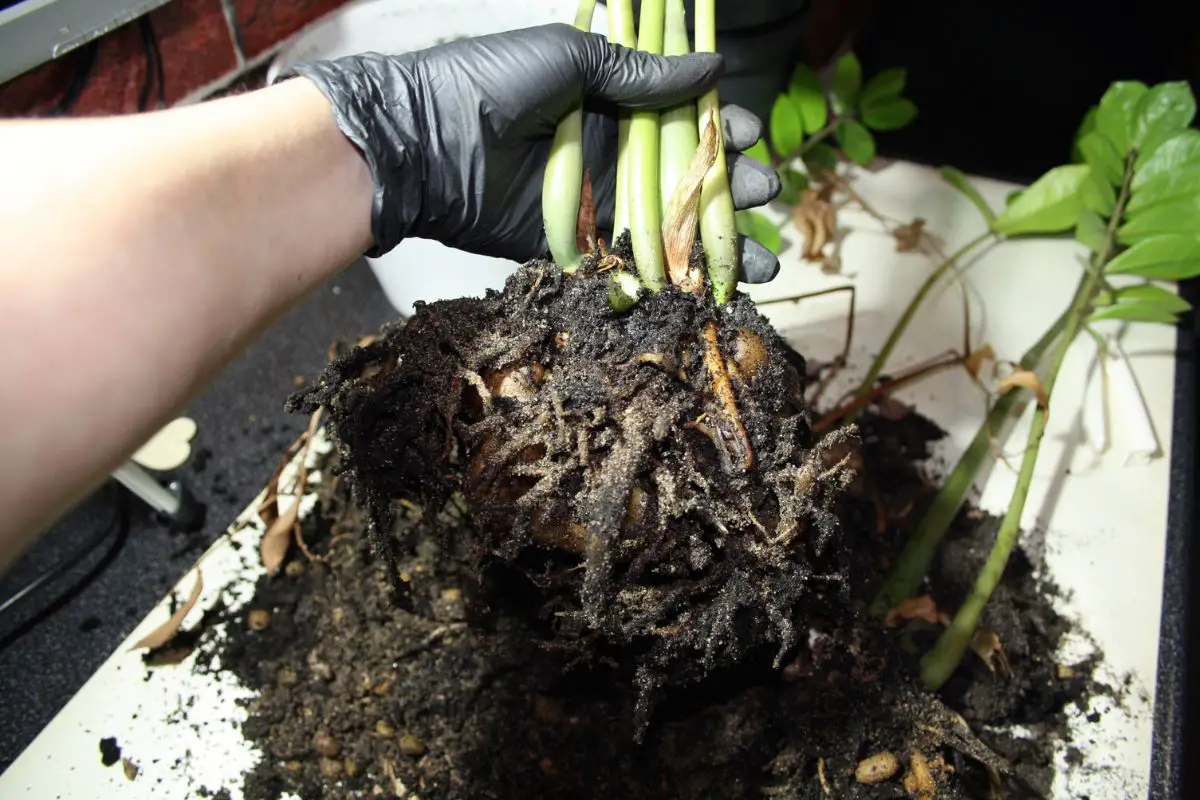Nothing brightens up your home like the large and vibrant blooms of the tall and stately amaryllis. Amaryllis is an easy houseplant to grow. What is more, you can force it to bloom in the winter.
Here’s how you can grow amaryllis indoors:
- Buy healthy bulbs.
- Choose a suitable container.
- Use a well-draining potting mix.
- Insert a stake.
- Place the pot in bright light.
- Water regularly.
- Fertilize lightly.
- Move the pot away from bright light once the plant blooms.
- Preserve the bulbs.
Although not fussy, amaryllis still demands specific growing conditions when kept indoors. For a burst of colors again the following year, there are a few specific steps you must follow. I will explain in this article how you can successfully grow amaryllis indoors.

1. Buy Healthy Bulbs
A healthy bulb is key to getting fantastic blooms from an amaryllis plant. A healthy bulb has enough energy to grow into a robust plant that produces vibrant flowers.
Below are some tips on what to look for when buying amaryllis bulbs:
- A healthy bulb is firm to the touch and has a greenish-white color with several layers of thin, brown skin on the outside.
- Look for a bulb with some visible growth; this indicates it is healthy.
- Buy the largest bulbs you can find to get bigger and more flowers.
- If you want your plant to bloom soon, buy a bulb that has a bud tip showing.
- If you want your plant to bloom even sooner, buy a bulb with a bud tip that is at least several inches (5+ cm) tall.
- Keep in mind that a bulb with only a leaf tip showing above its neck will bloom the following year.
- It is okay to buy a bulb with a white bud tip.
- If the bulbs are being sold in gift boxes, gently open the box and take a peek inside to check them.
- Buy bulbs of several varieties that will bloom at different times to enjoy an extended flowering season.
On the other hand, here are some qualities to avoid when purchasing amaryllis bulbs:
- Bulbs that feel soft and squishy
- Bulbs that have blue or greenish mold growing on them
- Bulbs that are extremely dry or appear to be rotting
- Bulbs with brown spots on top of the neck or at the bottom; these are signs of a possible fungal infection
While amaryllis bulbs can bloom without soil, they lose a lot of energy and take longer to replenish their spent fuel and bloom again. They fare best when you plant them in soil and water them as soon as possible after buying them.
If you need to store the bulbs before you plant them, keep them in a cool and dark location where the temperature is between 40 and 50 °F (4 and 10 °C).
You can store them in the refrigerator. However, you must keep them away from produce, such as apples, that release ethylene gasses that will prevent the bulbs from blooming.
You can plant amaryllis bulbs anytime between October and April. You can expect stems to emerge over 2 to 3 weeks. The flowers will appear 6 to 10 weeks after you have planted the bulbs.
Amaryllis flowers naturally in spring. However, you can plant them early to get a burst of blooms inside your home during the gray months of winter.
Plant a bulb every 2 weeks beginning in October or later if you want a continuous show of flowers throughout winter and well into summer.

2. Choose a Suitable Container
Amaryllis stems grow tall, and their flowers are big. Choose a durable container with a broad base that will not topple when your plant is in full bloom with multiple stems and large, showy flowers.
Choose a pot that will allow about 2 inches (5 cm) of space between the bulb and the edge of the container. Most lilies flower better and more profusely when they are root-bound. Your bulbs will take forever to bloom if you plant them in too wide a pot.
I suggest you use a pot with a diameter of 6 inches (15 cm) for one bulb or one with a diameter of 10-12 inches (25-30 cm) to plant three bulbs.
Ensure there are drainage holes at the bottom of the pot to prevent the soil from becoming waterlogged.
3. Use a Well-Draining Potting Mix
You must protect the tender bulbs from fungus gnats, so it’s crucial to use a sterile potting mix.
Ensure that it is a free-draining mix that will not cause waterlogging. Amaryllis bulbs will rot if they sit in water. You can use a peat-free, all-purpose potting mix. Amend the soil with 10-20% perlite if it’s holding too much moisture.
Keep the planting container and the potting mix ready before buying the amaryllis bulbs to plant them right away.
Here’s how you should plant your amaryllis bulbs:
- Soak the bulbs in lukewarm water for 2 to 4 hours before planting.
- Fill a little more than half the pot with the potting soil.
- Moisten the soil.
- Place the bulb on top of the soil.
- Add more potting mix, but leave the top third of the bulb exposed.
- Gently press the soil down.
- Water thoroughly to help the bulbs settle in the pot.
- Wait until the top 2 inches (5 cm) of the soil is dry before watering again.
4. Insert a Stake in the Soil
Amaryllis plants grow tall stalks. With a large flower perched on top, these stalks can sometimes flop over and break.
It is prudent to place a stake in the soil right after planting the bulb when the roots have not yet spread. Inserting a stake into the soil after your plant has bloomed can damage the roots and the bulb.
5. Place the Pot in Bright Light
Place the pot in a cool location where the temperature is between 60 and 65 °F (15.6 and 18 °C), and the bulbs receive bright direct light. A sunny windowsill is an ideal spot.
Rotate the pot a quarter turn every time you water it to ensure the stems grow erect and do not flop over while trying to lean toward the light.

6. Water Regularly
The interiors of our homes tend to be drier than the outside. With a heater running, the air inside your home during winter is probably drier than it is at other times of the year.
Keep your amaryllis bulbs hydrated. Water them regularly. Ensure the soil is moist but not soggy.
Cut back on the watering when the first sprout appears. Then water sparingly and only when the top 2 inches (5 cm) of the soil feel dry.
Make sure that you don’t pour water into the crown of the bulb. If you do, it will rot. Instead, pour the water directly into the soil around the plant.
7. Fertilize Lightly
Feed your plants a half-strength phosphorus-rich liquid organic fertilizer with an NPK ratio of 10-20-15 every couple of weeks. You can also add a slow-release fertilizer to the potting mix when planting the bulbs. The fertilizer will help the bulb replenish its spent energy and rebloom.
8. Move the Pot Away From Bright Light Once the Plant Blooms
Flowers last longer when they receive bright, indirect light. So, move your amaryllis plants to a cooler and shadier location when the first flower bud appears. However, you don’t want the entire area to be dim.
The plants should receive bright, indirect light. Placing it about 4-8 feet (1.2-2.4 m) from a bright window is ideal to maintain the blooms.

9. Preserve the Bulbs
You can make your amaryllis bulbs bloom year after year if you preserve them well.
Here’s how to preserve your bulbs and get them ready to flower the next year:
- Find a sharp knife.
- Cut back all the flower stalks 1 to 2 inches (2.5-5 cm) above the bulb after the plant has finished blooming.
- Place the pot near a sunny window or under a grow light where the leaves can continue to grow and refuel the bulb.
- Water when the soil feels dry.
- Fertilize every 2 to 4 weeks with diluted fertilizer.
- If you want the bulbs to flower early, place the plant in a cool, semi-dark spot in late September to induce a period of dormancy.
- Stop watering.
- Cut back the foliage when the leaves turn brown and withered.
- Place the bulbs in a location where the temperature is between 50 and 55 °F (10 and 13 °C) for 8 to 10 weeks.
- Resume watering when you want the bulb to rebloom.
You can force amaryllis to bloom early. However, doing this too often can exhaust the bulb, and you might not get the vibrant and large blooms you had expected. The bulbs can rest and replenish their spent food reserves when they are allowed to bloom naturally.
Don’t force the same bulb to bloom early more than once every three years.
Final Thoughts
It is a joy to watch an amaryllis bulb grow, thrive, and produce spectacular blossoms that light up your home.
Turn indoor gardening into a fulfilling pursuit by following the best cultural practices to grow amaryllis inside your home:
- Buy healthy bulbs and the largest ones you can find.
- Choose a pot that is only just bigger than the bulb.
- Water and fertilize.
- Make the blooms last by moving the pot to a shadier and cooler location when the first bud appears.
- Preserve the bulbs to get more flowers the following year.







